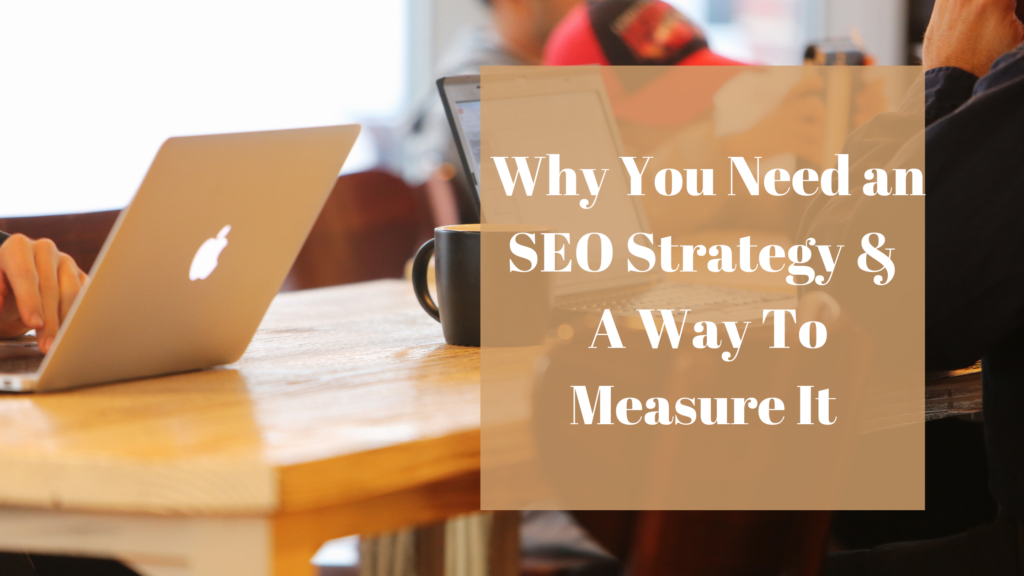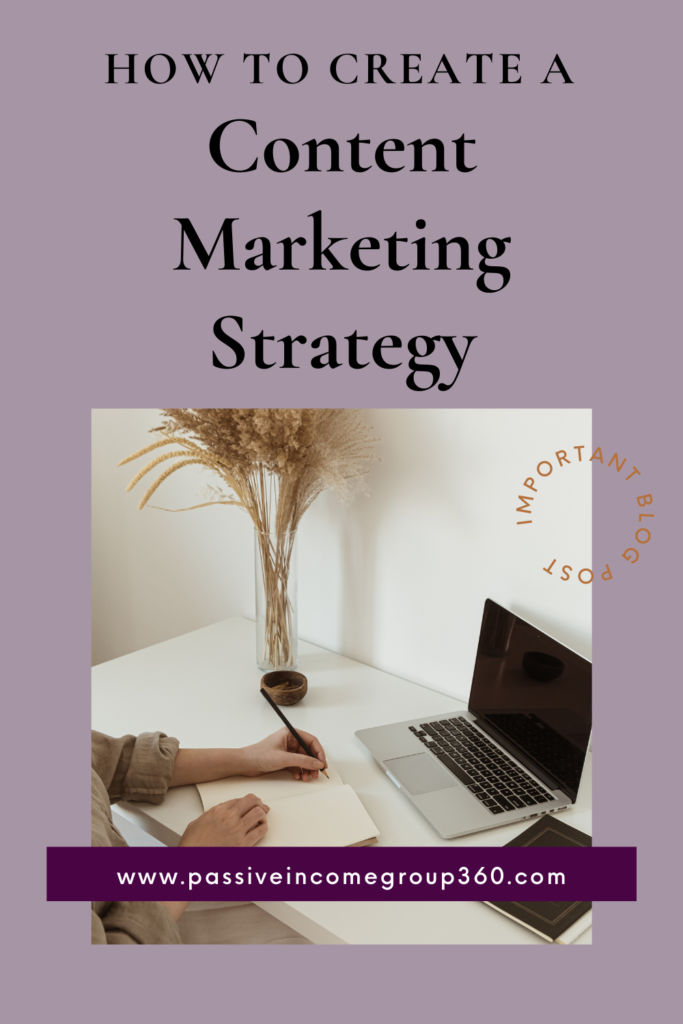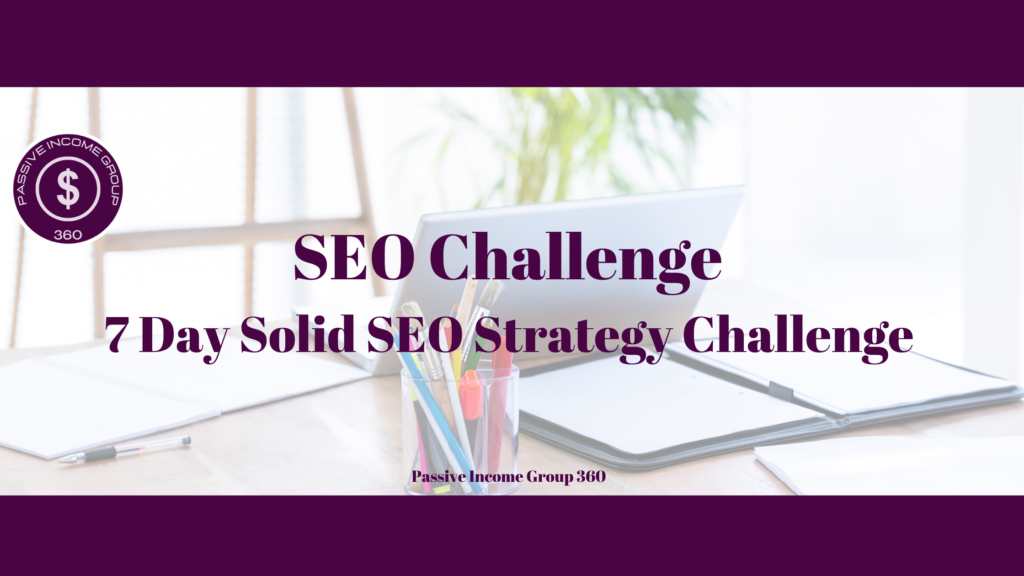Trying to get traffic to your website without a solid plan or SEO strategy is a bit like driving around with a vague destination in mind, but no specific directions on how to get there.
You may eventually make your way to where you want to be, but it will take a lot longer and require more effort than if you had your route mapped out.
The same holds true with website traffic in general, and search engine optimization (SEO) in particular. With a solid strategy, you will have a goal in mind, and a plan for what to do to get there.
Even if you’re new to SEO and you don’t quite understand what it will take to get a certain keyword ranking, or even what a realistic keyword goal is for you, it’s good to have a plan.
You can always tweak and adjust both your plan and your strategy as you go along.
What is SEO?
Before we get started let’s define SEO to make sure we’re on the same page. SEO is short for search engine optimization.
It refers to the improvements we can make to our web pages and online content to make it easier for people to find us during a search.
When we put a search term into Google, that first website that pops up without an ad has optimized their content so they show up in that coveted number one spot.
Do I Need an SEO Strategy?
SEO strategy should be an integral part of your marketing plan. If you want to get more eyeballs on your content it’s important to plan how that will happen.
When you have a workable strategy with defined goals, and a way to track the results you are getting over time, it becomes easy to determine if your strategy is working. Without either of those, you’re guessing at best, and that’s not a good business practice.
Search engine optimization takes time and effort. And if you’re hiring someone to help you, it can involve quite a bit of money.
It’s best to try and grasp the concept and try to master it yourself so you can be the one in control of your business’s marketing strategy.
How Do I Get Started With SEO?
SEO can seem so complicated that it can be a little daunting to tackle. So where do you start? Learn the basics of how SEO works.
Set up a good Website Analytics program so you can start to measure what traffic you’re getting now and where new traffic is coming from.
Google Analytics is a great program that will grow with you. Install it, look through the reports, start to learn to use it and expand your knowledge as you go along.
Your next step will be to formulate a strategy.
This should be a five-step process:
- Determine your ideal target audience. You don’t want to try and market to a general audience, hoping your target audience will find you. Instead, find your target first and market them.
- Figure out what they are looking for and what keywords and key phrases they use. What search terms would your ideal customer or client use? Speak to them in a way they can relate to. Using colorful language won’t help you get found if your target audience doesn’t speak that way.
- Generate high-value content around those terms. Implement on-page and on-site optimization. Content is one of the best ways to let search engines like Google and Yahoo know what your content is all about. Implement content marketing consistently and add as much relevant content as you can. Then spread is around in the places your target audience hangs out.
- Track results and adjust as needed. The only way to get better is to see what’s working and what isn’t. In the beginning you’ll have to experiment until you get the hang of it.
- From there you can expand on what’s working, identify more audiences, more keywords, and create more content, and slow down on what isn’t working.
One important thing to keep in mind is that search engine optimization takes time and that you’re building your site’s reputation with the big search engines over time. Don’t give up on your strategy too soon and whatever you do, don’t throw in the towel because you don’t get a ton of traffic to your site at first.
Stay consistent and your content will be found over time. Running paid ads shouldn’t be an option until you understand SEO. Paying for ads without knowing who you’re trying to reach and the best way to reach them is like throwing money out of the window. Once you figure out what’s working you can back up your strategy with paid ads.
Want to learn more about SEO? This article is a part of a 7-day SEO strategy challenge! Join to see the rest! Learn More.


